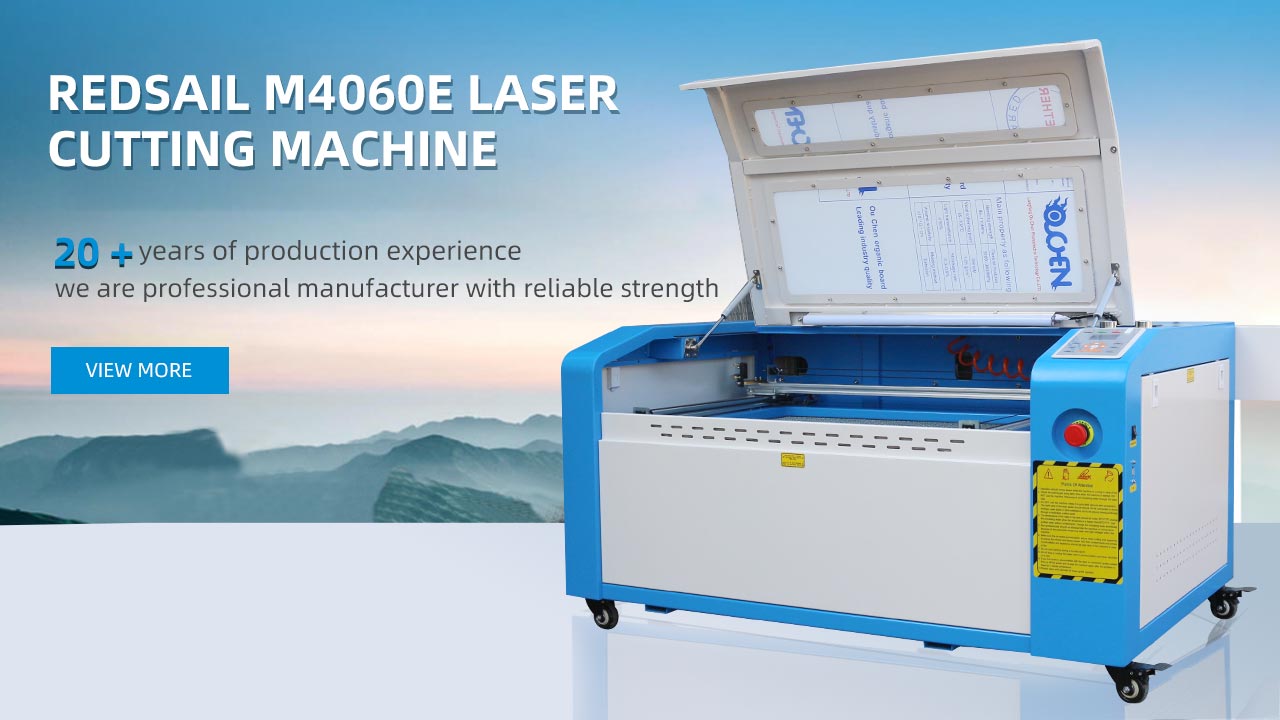CO2 Laser Cutter: Is It the Best Option for Australian Industries?
Introduction
Australia’s industrial sector is continuously searching for advanced technologies to enhance productivity and efficiency. One such technology that has gained significant attention is the CO2 laser cutter. This article will explore the capabilities, benefits, and limitations of CO2 laser cutters and evaluate whether they are the best option for Australian industries.
What is a CO2 Laser Cutter?
A CO2 laser cutter is a machine that utilizes a carbon dioxide laser to cut, engrave, or etch a variety of materials like wood, acrylic, plastic, fabric, and even metals. This technology has become popular due to its precision, versatility, and ability to handle complex designs.
The Benefits of CO2 Laser Cutters
There are several reasons why CO2 laser cutters are considered advantageous for Australian industries:
Precision and Accuracy
CO2 laser cutters utilize concentrated laser beams that offer exceptional precision and accuracy in the cutting process. This allows for intricate designs and ensures minimal material wastage.
Speed and Efficiency
These machines operate at high speeds, thus improving productivity and reducing production time. They can easily handle large-scale projects and are suitable for mass production.
Versatility
The flexibility of CO2 laser cutters is unmatched. They can cut and engrave a wide range of materials, giving industries the ability to work with diverse products and materials.
Non-contact Operation
CO2 laser cutters have a non-contact cutting method, which eliminates the need for physical force. This results in minimal damage to the workpiece, reduced maintenance, and fewer tooling costs.
Limitations of CO2 Laser Cutters
Despite their numerous advantages, CO2 laser cutters also have some limitations that may affect their suitability for certain applications:
Material Thickness
The cutting capability of CO2 laser cutters is often limited when it comes to thick materials. Other methods such as plasma or water jet cutting may be more suitable for certain industries that require heavy-duty cutting.
Reflective Materials
Certain reflective materials, such as metals, can be challenging to cut using CO2 laser cutters. This is due to the laser’s tendency to bounce off reflective surfaces, which affects the cutting quality and precision.
Initial Investment
CO2 laser cutters require a considerable initial investment. While their long-term benefits are significant, the upfront cost may pose a challenge for some Australian industries, particularly small or start-up businesses.
FAQs
Are CO2 laser cutters safe to use?
Yes, CO2 laser cutters are generally safe when used properly and with proper safety measures in place. Adequate training and protective equipment are essential to ensure the safety of operators and prevent accidents.
Which industries can benefit from CO2 laser cutters?
CO2 laser cutters have applications in various industries, including manufacturing, signage, automotive, aerospace, textile, and even arts and crafts. Their versatility makes them suitable for both heavy-duty industrial tasks and intricate artistic designs.
What maintenance is required for CO2 laser cutters?
Regular maintenance is crucial to keep CO2 laser cutters running smoothly. This includes cleaning lenses, mirrors, and exhaust systems regularly, ensuring proper ventilation and cooling, and checking for any signs of wear or damage in the laser tubes.
Are CO2 laser cutters environmentally friendly?
CO2 laser cutters are generally considered more environmentally friendly compared to traditional cutting methods. They produce less waste, emit fewer pollutants, and have low energy consumption. However, proper disposal of materials and waste generated during the cutting process is still important.
Conclusion
CO2 laser cutters offer numerous advantages for Australian industries, including precision, versatility, and efficiency. However, certain limitations, such as material thickness and initial investment costs, should be taken into consideration when determining their suitability for specific applications. Overall, the decision to adopt CO2 laser cutters should be based on the unique needs and requirements of each industry.





